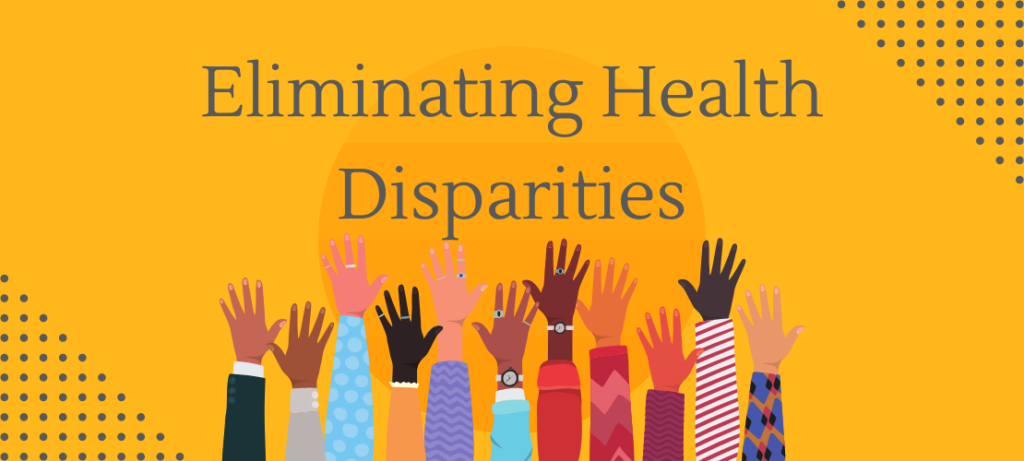There are many social barriers for patients to overcome to arrive at a hospital, and sometimes patients entirely skip hospitals. Health disparities result from historical and current unequal social, political, economic, and environmental resources. Within education, when there are early dropouts, there’s a higher likelihood for those individuals to experience multiple social and health problems. Disadvantaged individuals will experience differences in length of life, quality of life, treatment access, disease severity, disability, and death. During COVID-19, the data reflected the reality of health disparities and their impact on public health.
Patient experience and care measure healthcare quality. When healthcare professionals have implicit and racial biases, performance quality drastically changes. Such as healthcare providers not believing a Black patient of their pain and refusing a test. When there’s extreme bias in patient care, the results and data will skew decision-making for future quality care. A study by Kelly M. Hoffman et al., “Racial bias in pain assessment and treatment recommendations, and false beliefs about biological differences between blacks and whites” reports the disparities in pain treatment. Pain management and treatment are drastically different for Black and white people, “These disparities in pain treatment could reflect an over-prescription of medications for white patients, under the prescription of medications for black patients, or, more likely, both” (Hoffman et al., p. 4296). The health gap is a severe concern for healthcare providers to be aware of and make changes; not only does invalidation hurt the trust between providers and patients, but patient safety is also at risk.
Health disparities are dangerous and create a strong distrust between Black patients and doctors, “The military covertly tested mustard gas and other chemicals on black soldiers during World War II, and the US Public Health Service, in collaboration with the Tuskegee Institute, studied the progression of untreated syphilis in black men from 1932 to 1972.” (Hoffman et al., p. 4297). They are making Black patients reluctant to seek medical help and having difficulty rebuilding trust. The structural delineation of race, class, and status in society significantly impacts and restricts patients of color’s access to seek medical help. An example of that would be redlining districts. Hospitals investing in a secure messaging app can allow administrators to communicate the vision clearly to staff and communicate the steps in reducing health gaps. An internal message for changes can impact how services and performances translate to patients.
Addressing Health Disparities
CDC has provided programs to aid individuals experiencing health disparities. However, as a healthcare provider, raising awareness and taking action to mitigate health disparities will ameliorate patients of color’s perception of care. It takes more than just healthcare providers to end health disparities; hospitals can partner with programs that work relentlessly to eliminate health gaps. Providing marginalized communities resources supports patients of color. Posting resources in waiting rooms and offices will aid patients in taking the next step in improving their health. One program offered by the CDC, Racial and Ethnic Approaches to Community Health (REACH), is intended to eliminate health disparities in marginalized communities. Public health is a constant challenge today due to the current tridemic; during COVID-19, there’s a high patient load due to the health gaps marginalized communities are experiencing. Now is an even more critical time to take action and minimize the health gap. Educating the public and raising awareness are vital in improving public health. A hospital with a healthy organizational culture can communicate effectively with patients. Prioritizing communication means investing in a secure text messaging app that allows for transparent communication across departments and establishing accountability to minimize medical errors.
Additional CDC Resources
https://www.cdc.gov/healthyyouth/disparities/action.htm
https://www.cdc.gov/nccdphp/dnpao/health-equity/health-equity-guide/index.htm




